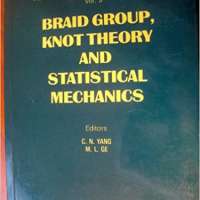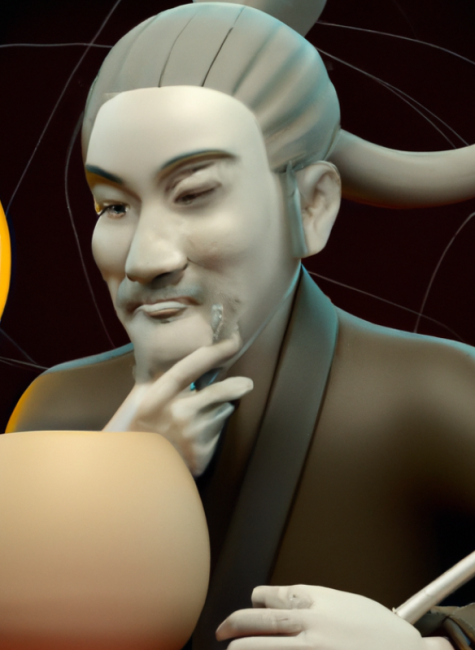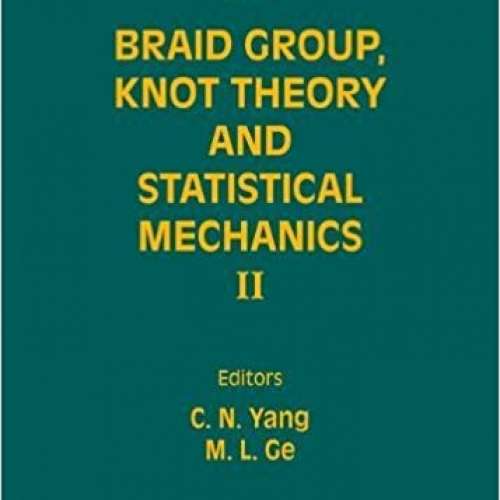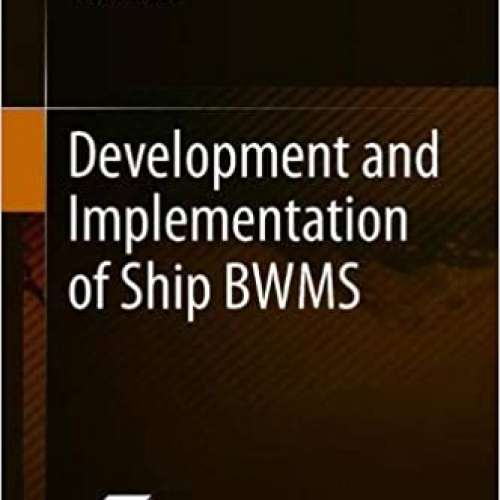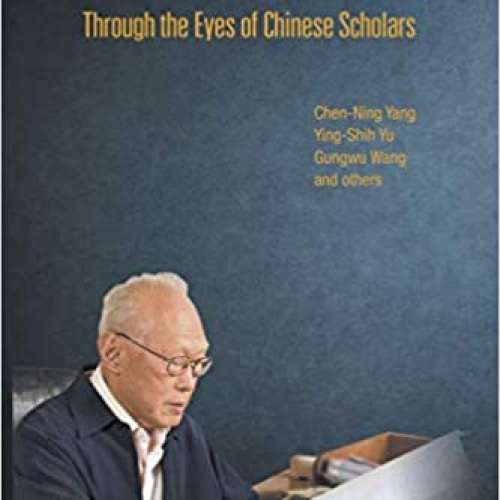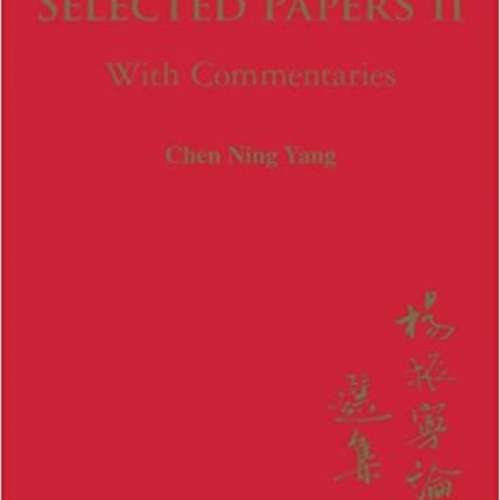

Yang Chen-Ning
There are only two kinds of math books: Those you cannot read beyond the first sentence, and those you cannot read beyond the first page.
Yang Chen-Ning or Chen-Ning Yang also known by the English name Frank Yang is a Chinese theoretical physicist who made significant contributions to statistical mechanics, integrable systems, gauge theory, and both particle physics and condensed matter physics. He and Tsung-Dao Lee received the 1957 Nobel Prize in Physics for their work on parity nonconservation of weak interaction. The two proposed that one of the basic quantum-mechanics laws, the conservation of parity, is violated in the so-called weak nuclear reactions, those nuclear processes that result in the emission of beta or alpha particles. Yang is also well known for his collaboration with Robert Mills in developing non-Abelian gauge theory, widely known as the Yang–Mills theory.
Biography
Yang was born in Hefei, Anhui, China; his father, Ko Chuan Yang, was a mathematician, and his mother, Meng Hwa Loh Yang, was a housewife. Yang attended elementary school and high school in Beijing, and in the autumn of 1937 his family moved to Hefei after the Japanese invaded China. In 1938 they moved to Kunming, Yunnan, where National Southwestern Associated University Lianda, was located. In the same year, as a second year student, Yang passed the entrance examination and studied at Lianda. He received his bachelor's degree in 1942, with his thesis on the application of group theory to molecular spectra, under the supervision of Ta-You Wu. He continued to study graduate courses there for two years under the supervision of Wang Zhuxi, working on statistical mechanics. In 1944 he received his master's degree from Tsinghua University, which had moved to Kunming during the Sino-Japanese War 1937–1945. Yang was then awarded a scholarship from the Boxer Indemnity Scholarship Program, set up by the United States government using part of the money China had been forced to pay following the Boxer Rebellion. His departure for the United States was delayed for one year, during which time he taught in a middle school as a teacher and studied field theory.
From 1946, Yang studied with Edward Teller 1908–2003 at the University of Chicago, where he received his doctorate in 1948. He remained at the University of Chicago for a year as an assistant to Enrico Fermi. In 1949 he was invited to do his research at the Institute for Advanced Study in Princeton, New Jersey, where he began a period of fruitful collaboration with Tsung-Dao Lee. He was made a permanent member of the Institute in 1952, and full professor in 1955. In 1963, Princeton University Press published his textbook, Elementary Particles. In 1965 he moved to Stony Brook University, where he was named the Albert Einstein Professor of Physics and the first director of the newly founded Institute for Theoretical Physics. Today this institute is known as the C. N. Yang Institute for Theoretical Physics.
He retired from Stony Brook University in 1999, assuming the title Emeritus Professor. In 2010, Stony Brook University honored Yang's contributions to the university by naming its newest dormitory building C. N. Yang Hall.

He has been elected a Fellow of the American Physical Society, the Chinese Academy of Sciences, the Academia Sinica, the Russian Academy of Sciences, and the Royal Society. He was awarded honorary doctorate degrees by Princeton University 1958, Moscow State University 1992, and the Chinese University of Hong Kong 1997.
Yang visited the Chinese mainland in 1971 for the first time after the thaw in China–US relations, and has subsequently made great efforts to help the Chinese physics community rebuild the research atmosphere which was destroyed by the radical political movements during the Cultural Revolution. After retiring from Stony Brook he returned as an honorary director of Tsinghua University, Beijing, where he is the Huang Jibei-Lu Kaiqun Professor at the Center for Advanced Study CASTU. He also is one of the two Shaw Prize Founding Members and is a Distinguished Professor-at-Large at the Chinese University of Hong Kong.
Personal life
Yang married Chih-li Tu Chinese: 杜致禮; pinyin: Dù Zhìlǐ, a teacher, in 1950 and has two sons and a daughter with her: Franklin Jr., Gilbert and Eulee. His father-in-law was a Kuomintang General Du Yuming. Some scholars suspect that Du was promoted to a high-ranking position in Chinese People's Political Consultative Conference in order to convince Yang to return to China after seeking refuge in the US. Tu died in October 2003, but in December 2004 the then 82-year-old Yang made controversy by marrying the then 28-year-old Weng Fan Chinese: 翁帆; pinyin: Wēng Fān who looks like a young Tu in appearance.
Yang became a U.S. citizen in 1964. He now resides in China, and he was granted permanent residency in mainland China in 2004. He renounced his U.S. citizenship as of Sep 30, 2015, and became a citizen of the People's Republic of China.
On Yang's religious views, he is an agnostic.
Academic achievements
Yang has worked on statistical mechanics, condensed matter theory, particle physics and gauge theory/quantum field theory.
At The University of Chicago, Yang first spent twenty months working in an accelerator lab, but he later found he was not as good as an experimentalist and switched back to theory. His doctoral thesis was about angular distribution in nucleon reactions. Later he worked on particle phenomenology; a well-known work was the Fermi–Yang model treating pion meson as a bound nucleon–antinucleon pair. In 1956, he and Tsung Dao T.D. Lee proposed that in the weak interaction the parity symmetry was not conserved, Chien-shiung Wu's team at the National Bureau of Standards in Washington experimentally verified the theory. Yang and Lee received the 1957 Nobel Prize in Physics for their parity violation theory. Yang has also worked on neutrino theory with Tsung Dao T.D. Lee, 1957, 1959, CT nonconservation with Tsung Dao T.D. Lee and R. Oheme, 1957, electromagnetic interaction of vector mesons with Tsung Dao T.D. Lee, 1962, CP nonconservation with Wu Tai-tsun, 1964.

Yang is also well known for his collaboration with Robert Mills in developing non-Abelian gauge theory, widely known as the Yang–Mills theory. Subsequently, in the last three decades, many other prominent scientists have developed key breakthroughs to what is now known as gauge theory. In the 1970s Yang worked on the topological properties of gauge theory, collaborating with Wu Tai-Tsun to elucidate the Wu–Yang monopole. Unlike the Dirac monopole, it has no singular Dirac string.
Yang has had a great interest in statistical mechanics since his undergraduate time. In the 1950s and 1960s, he collaborated with Tsung Dao T.D. Lee and Kerson Huang, etc. and studied statistical mechanics and condensed matter theory. He studied the theory of phase transition and elucidated the Lee–Yang circle theorem, properties of quantum boson liquid, two dimensional Ising model, flux quantization in superconductors with N. Byers, 1961, and proposed the concept of Off-Diagonal Long-Range Order ODLRO, 1962. In 1967, he found a consistent condition for a one dimensional factorized scattering many body system, the equation was later named the Yang–Baxter equation, it plays an important role in integrable models and has influenced several branches of physics and mathematics.
Awards
- Nobel Prize in Physics 1957
- Ten Outstanding Young Americans 1957
- Rumford Prize 1980
- National Medal of Science 1986
- Oskar Klein Memorial Lecture and Medal 1988
- Benjamin Franklin Medal for Distinguished Achievement in the Sciences of the American Philosophical Society 1993
- Bower Award 1994
- Albert Einstein Medal 1995
- Lars Onsager Prize 1999
- King Faisal International Prize 2001
Selected publications
- Yang, C. N. 1983. Selected Papers, 1945–1980, with Commentary. San Francisco, CA: W. H. Freeman & Co. ISBN 978-0-7167-1406-4. Yang, Chen-Ning 2005 . Selected Papers, 1945–1980, with Commentary. World Scientific Series in 20th Century Physics. 36 2005 ed.. Singapore: World Scientific. ISBN 981-256-367-9.
- Yang, Chen-Ning 2005 . Selected Papers, 1945–1980, with Commentary. World Scientific Series in 20th Century Physics. 36 2005 ed.. Singapore: World Scientific. ISBN 981-256-367-9.
- Yang, Chen-Ning 2013. Selected Papers of Chen Ning Yang II: With Commentaries. Singapore: World Scientific. ISBN 978-981-4449-00-7.
- Yang, C. N.; Mills, R. L. 1954. "Conservation of Isotopic Spin and Isotopic Gauge Invariance". Physical Review. 96 1: 191–195. Bibcode:1954PhRv...96..191Y. doi:10.1103/PhysRev.96.191.
- Mills, R. L.; Yang, C. N. 1966. "Treatment of Overlapping Divergences in the Photon Self-Energy Function". Progress of Theoretical Physics Supplement. 37: 507. Bibcode:1966PThPS..37..507M. doi:10.1143/PTPS.37.507.
- Yang, C. N. 2005. "Remembering Robert Mills". In 't Hooft, Gerardus ed.. 50 years of Yang-Mills theory. Singapore: World Scientific. ISBN 978-981-238-934-3.
- Lee, T. D.; Yang, C. N. 1956. "Question of Parity Conservation in Weak Interactions". Physical Review. 104 1: 254–258. Bibcode:1956PhRv..104..254L. doi:10.1103/PhysRev.104.254. S2CID 2044624.
- Lee, T. D.; Yang, C. N. 1952. "Statistical Theory of Equations of State and Phase Transitions. II. Lattice Gas and Ising Model". Physical Review. 87 3: 410–419. Bibcode:1952PhRv...87..410L. doi:10.1103/PhysRev.87.410. ISSN 0031-9007.
- Byers, N.; Yang, C. N. 1961. "Theoretical Considerations Concerning Quantized Magnetic Flux in Superconducting Cylinders". Physical Review Letters. 7 2: 46–49. Bibcode:1961PhRvL...7...46B. doi:10.1103/PhysRevLett.7.46.
Bibliography
Interpretation of Organic Spectra, Wiley, 2011
More facts
Gauge theory
Yang–Mills–Higgs equations
United States of America (1964–2015)
People's Republic of China (2015–)
Rumford Prize (1980)
National Medal of Science (1986)
Benjamin Franklin Medal (1993)
Albert Einstein Medal (1995)
Bogolyubov Prize (1996)
Lars Onsager Prize (1999)
Development and Implementation of Ship BWMS
Braid Group, Knot Theory and Statistical Mechanics
Deng Xiaoping (1997)





